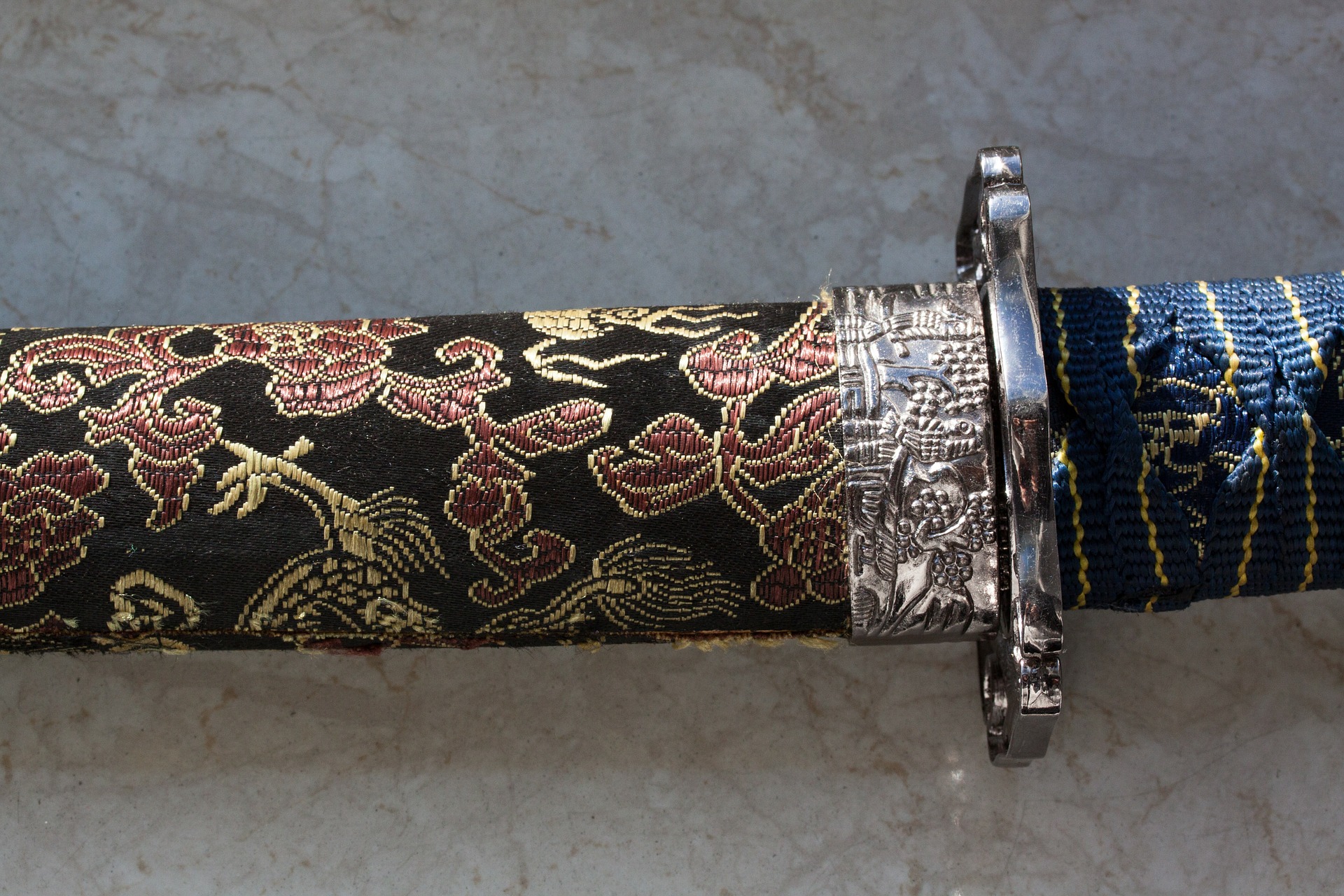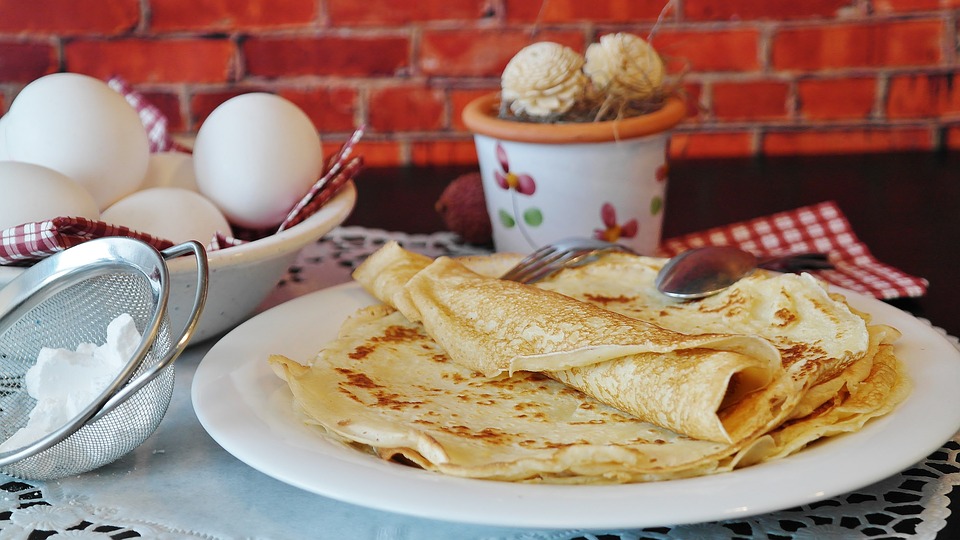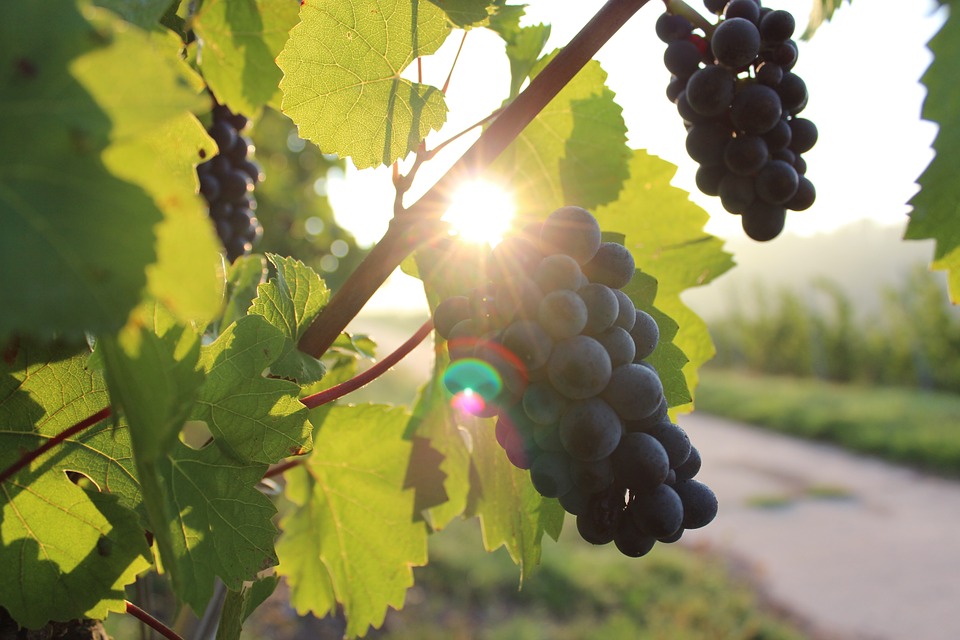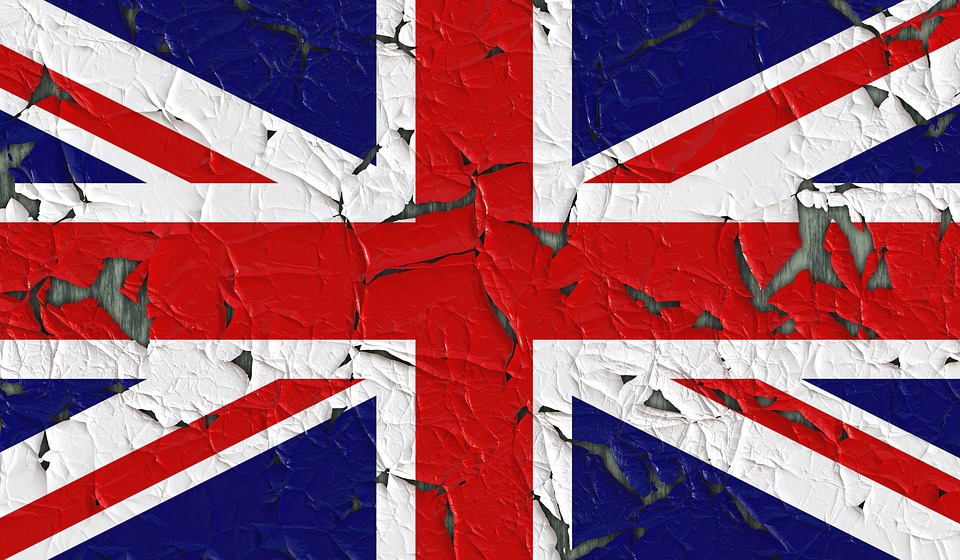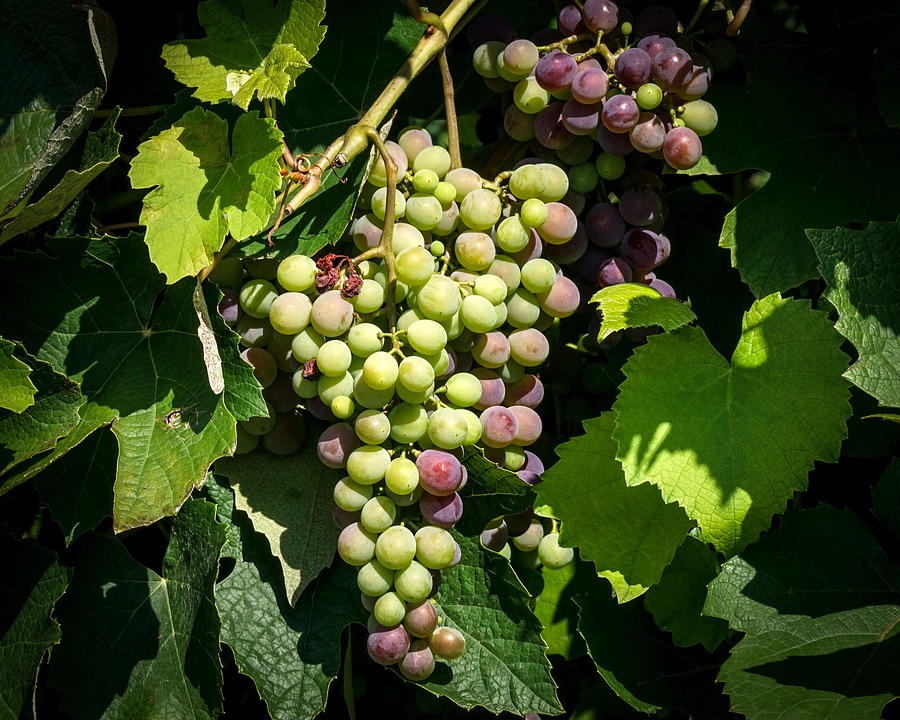The color of wine is not only a matter of variety, it is also a result of maceration. Wine is one of the few beverages with a multitude of colors and shades that change over time.
The pulp gives a white grape juice, so that if the grape is separated from the pressed mash, we will obtain white wine. But if we macerated red grape skins with the juice for about four weeks, you’ll get a red color that will be lighter or darker depending on the variety and therefore resulting in red wine.
For the rosé, it is simply a matter of separating the mash from the juice once the liquid has reached the desired color.
To make white wine, we take grape varieties for the creation of white juices, such as Chardonnay, Sauvignon, Semillon, Riesling, Gewürztraminer, Clairette etc. and for the reds; black varieties such as Merlot, Cabernet Sauvignon, Cabernet Franc, Syrah, Grenache etc.
There are exceptions to the rule, pinot noir has a beautiful red color but lacking intensity, its other varieties being “Gris” or “Meunier”; or the Grenache that can be black or white and the gamay who is black yet used for a white juice. After that, it is only a question of maceration techniques.
The changing color of the wine during the aging in the bottle comes from a redox reaction as well as the assembly of various pigments, tannins gradually take over the wine color, giving them a brownish tint, gently announcing the wines’ decline.
To avoid damage due to the light, great wines with a long storage potential are always bottled in dark glass flasks, preserving their colors with all the magical shades typical of great wines.
The color of wine

